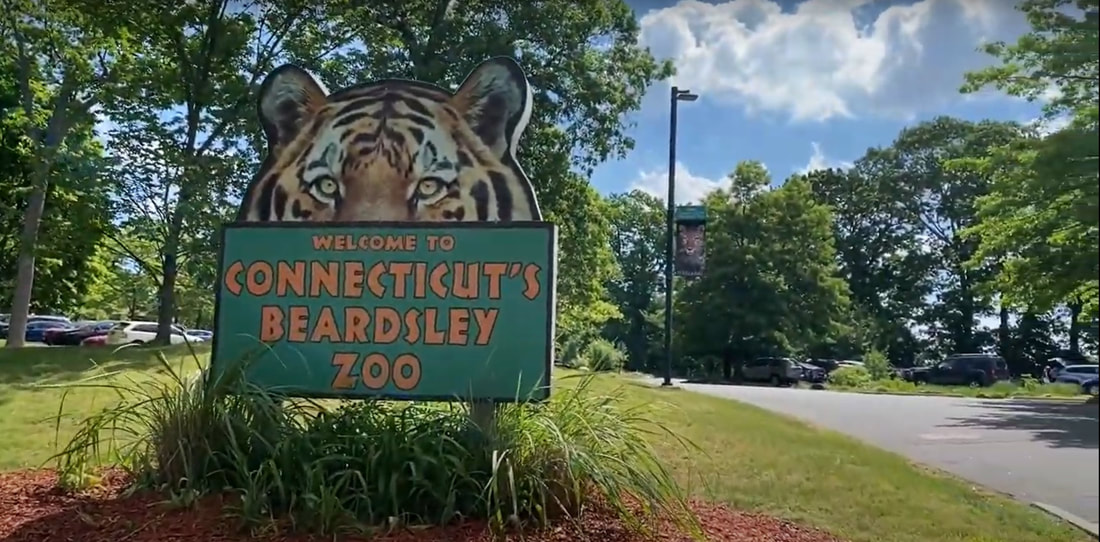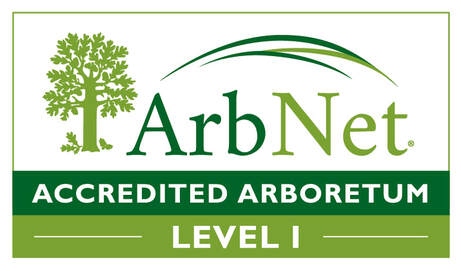|
Regular Zoo admission prices apply for guests, but the fun and festive day includes:
In addition, the Zoo will host Sunday Serenades, a special Birds of Prey program called Sky Hunters every weekend through Labor Day, and animal shows every Thursday and Friday all summer long. In September, “Glow Wild,” an evening Asian lantern experience begins and continues through November. On October 29, the Zoo will celebrate with a Centennial Gala held at the Inn at Longshore in Westport. Zoo History In a world where conservation of endangered species becomes more important with every passing year, the Zoo has risen to meet the challenge of preserving wild animals and wild places for future generations. As the birthplace of endangered animals like Amur tigers, Amur leopards, golden lion tamarins and red wolves, every Zoo renovation and new habitat seeks first to make a safe and appropriate home for animals, and then to open a window to a new world for guests. With more than 350 animals, attracting nearly 300,000 guests from the state and the region, there was a time in the past when the Zoo was home to 1,000 animals, including circus retirees and unwanted pets. The history of the Zoo began with Phineas T. Barnum exercising his circus animals along the streets of Bridgeport in the early 1900s. Parks Commissioner Wesley Hayes began a citywide campaign in 1920 for a zoo to be founded in the park. That first year, exotic birds including macaws, toucans, pheasants, and peacocks took up residence in the 100-acre parkland, donated in 1878 by James W. Beardsley, a wealthy farmer from Monroe. Within a few years, the Zoo had acquired kangaroos, zebras, and a camel donated by the Barnum and Baily Circus. By 1956, the Zoo’s collection totaled more than 1,000 animals, including woodchucks, porcupines, Galapagos tortoises, and several species of monkeys. As zoos nationwide began to focus on endangered species, the Zoo reduced its collection to around 500 animals in 1962. In 1983, the Zoo began modernization, modifying the hoof stock area and converting the former “monkey house” into a New World Rainforest Building. In 1987, the Zoo achieved professional accreditation from the Association of Zoos and Aquariums (AZA), a rigorous membership that focuses on animal welfare, nutrition, veterinary care, enrichment and saving endangered species through the Species Survival Program (SSP). n 1997, the Zoo’s ownership was transferred to the Connecticut Zoological Society, and became a private, non-profit organization. Comments are closed.
|
ContactConnecticut’s Beardsley Zoo appreciates the support it receives from local, regional and national media outlets. Media representatives are invited to tour Archives
July 2024
Categories |
Connecticut’s Beardsley Zoo is dedicated to acquainting a diverse public to the delicate balance that exists between living things and their environment.
Connecticut's Beardsley Zoo is a 501(c)(3) not for profit owned and operated by the Connecticut Zoological Society.
Connecticut's Beardsley Zoo is a 501(c)(3) not for profit owned and operated by the Connecticut Zoological Society.
© 2022 Connecticut's Beardsley Zoo


 RSS Feed
RSS Feed





